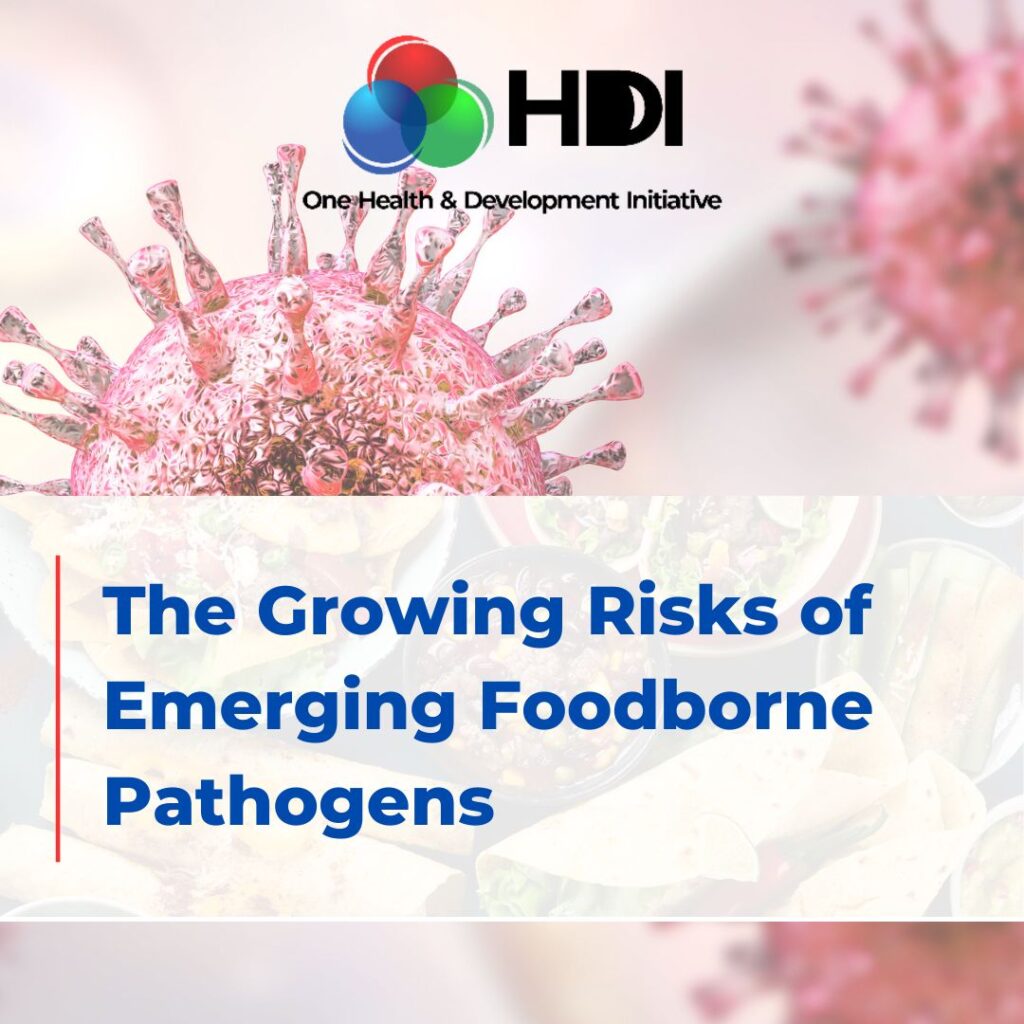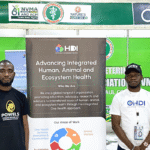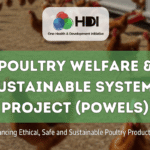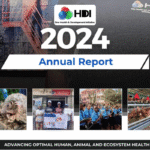
Foodborne infections are a major public health challenge across the world. These infections result from consuming disease-causing pathogens, such as bacteria, fungi, viruses, and parasites, in food. These pathogens can contaminate food at any stage of food production, giving rise to outbreaks of foodborne infections with significant consequences on health. The infections that often result from consuming contaminated food show us the interconnection between humans, animals, plants, the environment, and microorganisms. As such, there is a need for robust and comprehensive food safety measures to mitigate the public health impact of foodborne infections.
The growing impact of foodborne pathogens
Illnesses from food contamination are not a new concept. However, the dynamics of foodborne infection is changing, with new pathogens emerging and old ones declining or being controlled. Emerging foodborne pathogens refer to microorganisms that have recently been identified or have increased in occurrence, causing diseases when consumed from food. Some of the foodborne pathogens of concern include:
- Campylobacter and Salmonella species: These bacteria are among the most common causes of foodborne illness globally. They are frequently associated with undercooked poultry, raw milk, and contaminated water. Outbreaks have been reported in African countries, where improper handling of poultry products is a significant issue.
- Listeria monocytogenes: This pathogen is known for its ability to thrive in refrigerated environments. Listeria poses a particular risk in ready-to-eat foods. South Africa experienced one of the world’s largest listeriosis outbreaks between 2017 and 2018, linked to contaminated processed meat products, resulting in over 200 deaths.
- Escherichia coli: Though most strains of this bacterium are harmless, the E. coli O157 is a particularly dangerous strain that produces potent toxins, leading to severe foodborne illnesses. The bacterium is primarily transmitted through the consumption of undercooked ground beef, unpasteurized milk and juice, and contaminated produce.
- Aspergillus and Fusarium species: Mycotoxins (fungal toxins) produced by these fungi can contaminate staple crops like maize, peanuts, and sorghum. Aflatoxins, a type of mycotoxin, are of particular concern in Africa, where their presence in food has been linked to liver cancer and stunted growth in children.
What are the drivers of emerging foodborne diseases?
Several factors drive the emergence of new foodborne pathogens. Climate Change is one factor that significantly contributes to the proliferation of emerging foodborne diseases. Rising temperatures and changing precipitation patterns are altering the ecology of pathogens, vectors, and hosts, thus allowing diseases to thrive. For instance, warmer conditions favour the growth of bacteria, such as Salmonella, and fungi that produce mycotoxins. Also, events such as flooding and droughts can compromise water and food safety, leading to contamination.
In addition, rapid urbanisation and population growth are leading to increased demand for food, straining food production and distribution systems. This has led to a rise in informal markets where food safety regulations are not stringent. Likewise, the globalisation of the food supply exposes people to disease-causing pathogens.
What are the health impacts of emerging foodborne pathogens?
The health impacts of foodborne pathogens range from mild discomfort to severe, life-threatening conditions. Vulnerable populations, including infants, young children, the elderly, pregnant women, and immunocompromised persons, are particularly at risk. The health issues that can result from foodborne pathogens include gastrointestinal illness, fever, neurological complications (in cases of Listeria monocytogenes contamination, which causes meningitis and encephalitis), chronic health issues, and even death.
What are some practical solutions to promote food safety?
It is essential to follow some infection prevention practices to ensure food safety. These practices include regular hand washing and sanitising cooking surfaces, disinfecting utensils, preventing cross-contamination by using separate cutting boards for raw meat and vegetables, proper cooking of foods to safe temperatures to eliminate harmful pathogens, and refrigerating leftovers promptly to avoid bacterial growth.
Additionally, adequate food safety measures require stringent regulatory oversight, including regular inspections of food processing facilities and strict adherence to safety standards. Guidelines such as Codex provide global standards for safe food handling. Furthermore, raising awareness about food safety is vital for public health. This includes educating consumers about safe food hygiene practices (some of which have been mentioned earlier) and the risks of emerging pathogens, as well as training food handlers to ensure they are equipped with the knowledge to prevent contamination.
In conclusion, emerging foodborne pathogens pose a significant threat to global health, and it is essential to address this challenge through a comprehensive approach that includes robust food safety practices. Through these measures, we can reduce the burden of foodborne illnesses and ensure a safer food supply for all.











